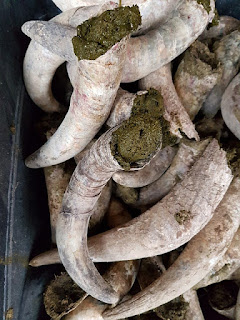
What is Biodynamic Agriculture?
Have you ever wondered how farming can go beyond just growing crops and actually improve the health of the whole ecosystem? That’s where biodynamic agriculture comes in. It’s a holistic approach to farming that looks at the farm as a self-sustaining system, much like a living organism. Let’s dive into what this means and why it’s so special.
Biodynamic Agriculture Explained
Biodynamic agriculture is a method developed in the 1920s by Rudolf Steiner. It takes organic farming a step further by treating the farm as a closed system, where everything—plants, animals, and soil—works together harmoniously. This approach emphasizes the importance of biodiversity, soil health, and lunar cycles in farming practices.
Key Concepts
- Closed System: In biodynamic farming, the farm is seen as a self-sustaining entity. This means that the farm should produce its own compost, manure, and other nutrients, minimizing reliance on external inputs.
- Biodynamic Preparations: Special compost and field sprays made from natural materials are used to enhance soil health and plant growth. These preparations often include things like manure fermented in a cow’s horn, and minerals mixed with herbal infusions.
- Lunar and Cosmic Cycles: Farming activities are planned around the moon’s phases and cosmic rhythms. The idea is that these cycles influence plant growth, so planting and harvesting times are chosen to align with these natural rhythms.
Real-Life Examples
1. Weingut Dr. Heger, Germany: This winery uses biodynamic principles to produce high-quality wines. By incorporating lunar cycles into their vineyard management, they’ve seen improvements in grape quality and overall soil health.
2. Rodale Institute, USA: A pioneer in organic and biodynamic farming, this institute demonstrates the effectiveness of these methods in producing high-yield, nutrient-rich crops while improving soil health.
Biodynamic Agriculture in Our Self-Sustainable City Project
In our self-sustainable city project, biodynamic agriculture is more than just a farming technique—it’s a core part of our vision for a holistic and harmonious living environment. By integrating biodynamic practices, we enhance soil fertility, promote biodiversity, and reduce our reliance on external resources. This approach not only supports healthier crops but also contributes to the overall well-being of the community.
We believe that implementing biodynamic farming in our city will lead to more resilient ecosystems and a more sustainable lifestyle for our residents.
What do you think about biodynamic agriculture? Have you tried it or seen it in action? Share your thoughts or questions in the comments below!
![Self-Sustainable City - Ramakrishna Surathu [Official Website]](https://blogger.googleusercontent.com/img/a/AVvXsEivh2bAyNCG-DxYf4p_lHLcFQx1i8MvbBv91UgzKqAFrNMhT8xW-fwxgNJTdtojgb9aYXiG9EdNYLo8tNmtaakyq-zmnaCeeUGMdpvJ8iOaVzd2tSKEC2UrUXzFJa952LPF-OngfPenpbFOj7b8AcbYtPGSng6xbGr-_NwEIRpXZg_QdKLGRMGeg5pWmtaQ=s1280)
No comments:
Post a Comment